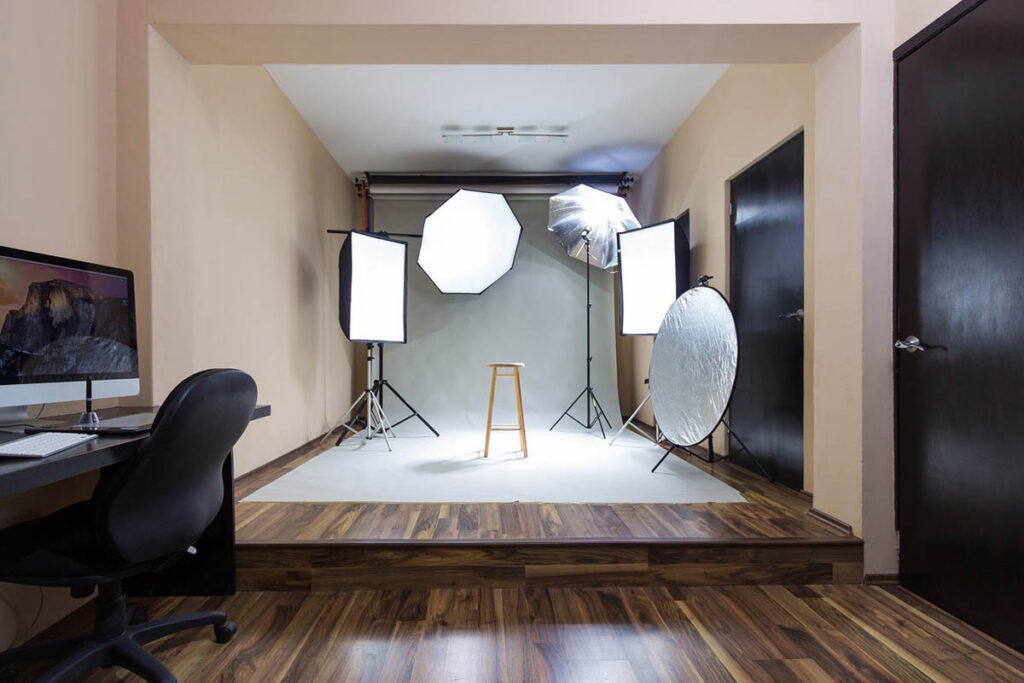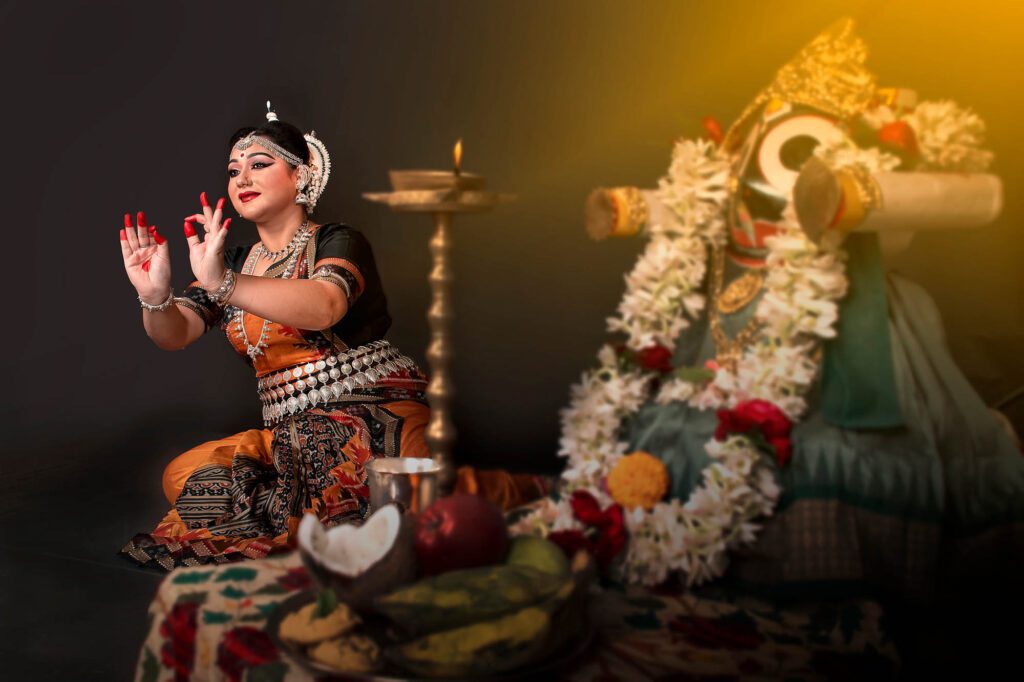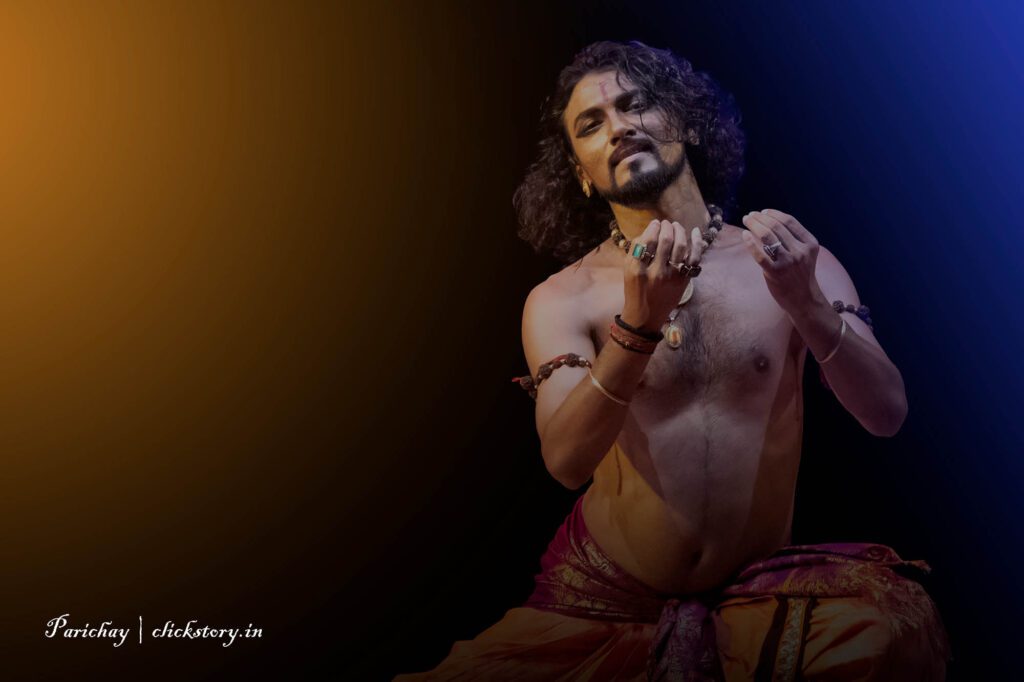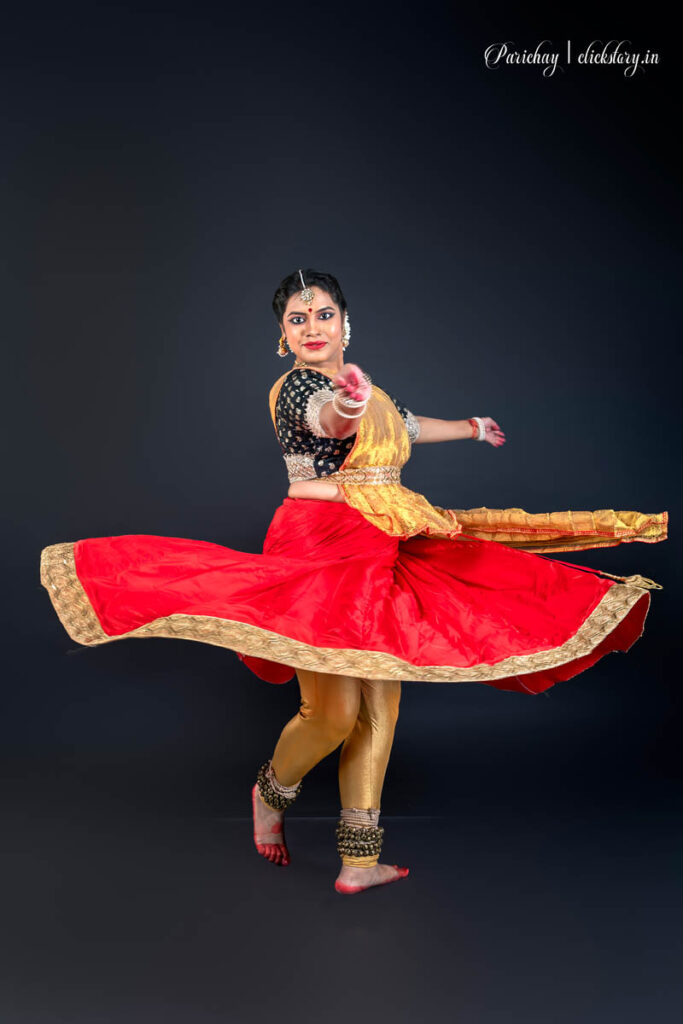Studio light photography is a type of photography where photographers use artificial lights to control how their subjects look. Unlike natural light, which can change depending on the time of day or weather, studio lighting allows photographers to set up the light exactly the way they want it. This makes it easier to take clear, high-quality photos, whether you are photographing people, products, or still life.

In studio light photography, understanding how light works is key. Photographers use different tools like softboxes, umbrellas, and reflectors to change the way light looks on the subject. By adjusting the position and strength of the lights, photographers can create different moods, highlight important details, or make the subject stand out.
1. Lighting in Studio Photography – The Heart of Every Shot
Why it matters:
Lighting defines how your subject looks. In studio photography, you’re not relying on natural light—you control every light source. This gives you power, but also responsibility to get it right.
Deeper Look:
- Softboxes diffuse light through a panel, reducing harsh shadows and giving a flattering look—ideal for skin tones and product shots.
- Umbrellas (shoot-through or reflective) spread light broadly. They’re less controlled than softboxes but easier to use and cheaper.
- Ring lights minimize shadows on the face, especially good for beauty and makeup photography, as they give a “glow” effect in the eyes.
- Strobes/Flash Heads provide high-intensity light for freezing motion or balancing with ambient light. They often include modeling lamps so you can preview the light.
Important considerations:
- Learn about light direction (key light, fill light, backlight).
- Use modifiers like diffusers, reflectors, or grids to shape light.
- Control light spill to keep backgrounds clean.
2. Backgrounds – Setting the Scene
Why it matters:
Your background can either support your subject or distract from it. In studio photography, clean, non-distracting backgrounds are often preferred.
Deeper Look:
- Seamless paper: Gives a smooth, shadow-free background. Good for commercial, portrait, and fashion work. You can also light it to change its color.
- Muslin: More textured and artistic. Great for moody or fine-art portraiture.
- Vinyl: Durable, wipe-clean material. Good for high-traffic studios or food/product photography.
Tips:
- Use clamps and weighting systems to keep backgrounds taut.
- Keep a few background options in different colors (white, gray, black, and one bright).
3. Makeup and Styling – Flawless on Camera
Why it matters:
Cameras (especially high-resolution ones) pick up everything. Shine, uneven skin, stray hairs—all become more noticeable.
Deeper Look:
- Matte makeup prevents light from reflecting too much. Studio lights amplify shiny areas.
- Foundation matching avoids unnatural tones or color shifts.
- Styling: Hair and outfit choices need to suit the lighting and background. Bold patterns may distract; colors can either pop or blend in.
Styling coordination:
- Match wardrobe to the shoot’s mood and background.
- Avoid accessories that reflect light unless intentional.
4. Accessories and Props – Personality & Storytelling
Why it matters:
Props give context, emotion, or story to your photo. They can transform a plain studio shot into something memorable.

Deeper Look:
- Minimalism works well unless the shoot calls for a theme.
- Be careful with scale—props too large or small can feel awkward.
- Think symbolism or functionality—e.g., a book for a thoughtful mood, or a musical instrument to represent talent.
5. Camera for Studio Photography – Your Creative Tool
Why it matters:
Your camera is your canvas. While many cameras can shoot in a studio, better ones offer image quality, control, and flexibility.
Deeper Look:
- DSLRs and mirrorless cameras let you swap lenses and use manual settings.
- Full-frame sensors handle low light better and give shallower depth of field.
- Entry-level cameras can still work, especially when paired with good lighting.
Key features to look for:
- Manual mode control
- High dynamic range
- Flash sync capability
- Tethering options (connect to a computer for real-time previews)
6. Best Lens for Studio Photos – Crafting the Look
Why it matters:
Lenses affect the perspective, depth, and sharpness of your image. Your lens choice is just as critical as your lighting.
Deeper Look:
- 50mm (standard) offers a natural look, minimal distortion.
- 85mm is a classic portrait lens—flattering compression of facial features.
- Zoom lenses (like 24–70mm or 70–200mm) offer framing flexibility in limited studio space.
Prime vs. Zoom:
- Primes are sharper and faster (lower f-stop).
- Zooms allow versatility, especially useful for shoots with multiple subjects.
7. Camera Settings: Shutter Speed, Aperture, ISO
Why it matters:
These three settings (the exposure triangle) control light, sharpness, and depth. In a studio, you manually balance them with lighting.
Deeper Look:
- Shutter Speed:
- Set around 1/125–1/200s to sync with flash (most cameras have a flash sync speed limit).
- Go faster and your flash might not appear in the photo.
- Aperture (f-stop):
- Wider (e.g., f/2.8) = shallow depth of field, nice background blur.
- Narrower (e.g., f/8–f/11) = more of the subject in focus. Preferred for group shots or product photography.
- ISO:
- Keep it low (ISO 100–200) to maintain detail and color accuracy.
- Higher ISO introduces digital noise—bad for clean, professional images.
Extra Tip: Always shoot in RAW so you can adjust exposure and white balance without quality loss in post-processing.
Final Thoughts
Studio photography is both technical and creative. Mastering control over every element (light, background, camera, subject) allows you to produce consistent, high-quality results. As you grow, you’ll learn how to:

- Create moods with lighting angles.
- Mix colors for emotion and tone.
- Choose the right lens for your subject’s features.
- Make your subject feel comfortable and natural.


the article is good enough. Sir, can you please share the checklist of studio photoshoot? Thank you in advance.